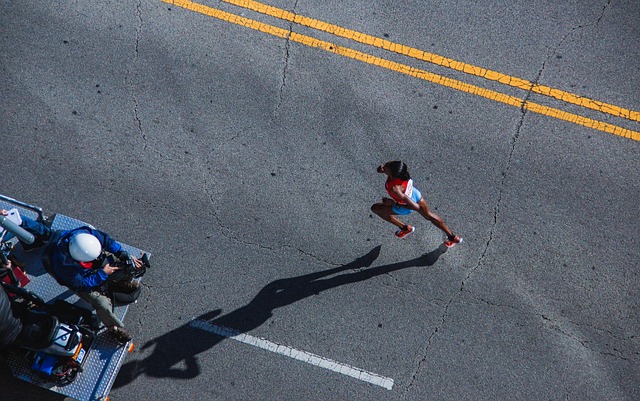Sports photography is more than just capturing a moment on the field; it’s about storytelling through the lens. Every game, every athlete, every drop of sweat has a story to tell, and it’s the job of a sports photographer to capture that narrative with precision and emotion. In this exploration of sports photography, we delve into the intricate details that make this art form so compelling.
Imagine standing on the sidelines, the roar of the crowd around you, your camera poised and ready. The energy is electric as you await the critical moment that can redefine a game. With the right optics, you not only capture the action but also the spirit of the event. The lens you choose can significantly affect how you perceive a game; it can bring the action closer, blur the background, and highlight the emotions etched on the athletes’ faces.
The magic of photography lies in its ability to freeze time. A well-timed shutter click can immortalize a player in mid-air, diving for a goal or executing a perfect swing. The thrill of capturing such moments often fuels the passion of sports photographers. Employing fast lenses and high-speed cameras ensures you don’t miss a beat, allowing you to seize the intensity and drama of the game.
Aside from the technical aspects of sports photography, it’s essential to have an eye for the unposed moments—the quick glances between teammates, the frustration of a missed opportunity, or the joy of victory. These candid shots often resonate more deeply with viewers, invoking emotions that raw action shots sometimes may not convey. The story unfolds in layers, and every frame has the potential to add depth to the narrative.
When approaching sports photography, understanding light is paramount. Outdoor games present a whole different set of challenges compared to indoor sports. The time of day can drastically affect your shots; golden hour offers a soft, warm glow, while bright sunlight can create harsh shadows. Mastering the interplay of light and shadow will help in achieving that perfect shot, enhancing the emotion and intensity of the moment.
In post-processing, the photographer’s vision takes center stage again. Here, you can enhance colors, adjust lighting, and even crop to emphasize the emotion of the game. But it’s crucial to maintain authenticity. The goal is to tell a story, not to alter it beyond recognition. Sports photography relies on the combination of raw talent and refined skills to produce images that resonate and evoke emotion.
Finally, the essence of sports photography lies in its unpredictability. Every event is unique, filled with its own set of narratives, characters, and challenges. Perfecting the art requires both preparation and spontaneity, as no two games are ever the same. Embrace the chaos, and let your camera be an extension of your eye—capturing moments that might otherwise slip away.
In the expansive world of photography, sports photography stands out as a vibrant, dynamic genre, challenging photographers to elevate their craft while engaging with thrilling moments in time. Grab your camera, adjust your lenses, and step onto the field; the world of sports photography awaits your unique perspective.




